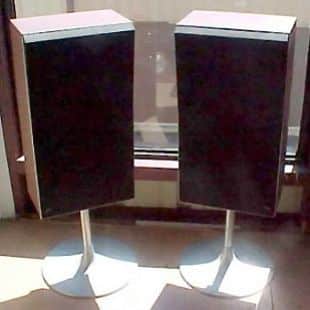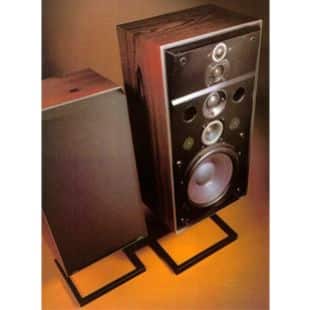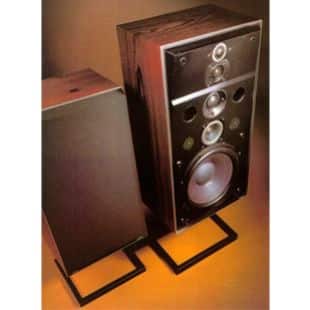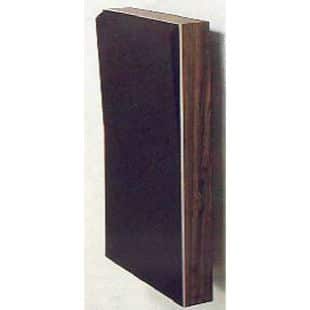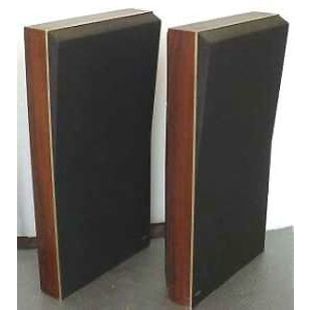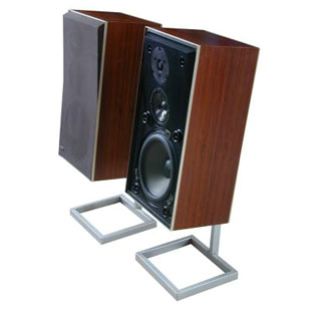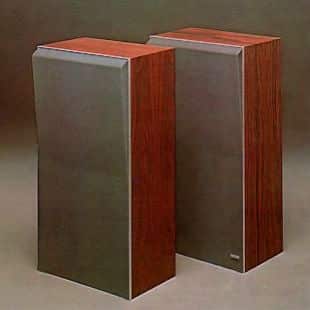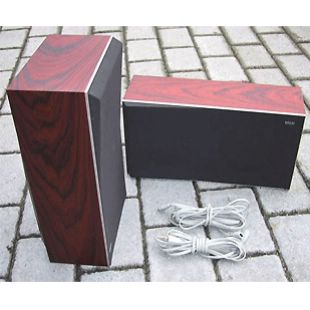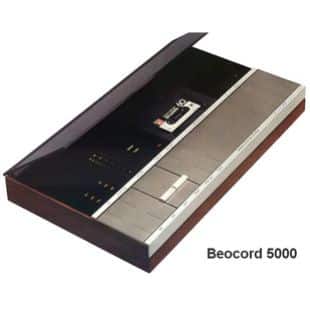BeoCord 1900
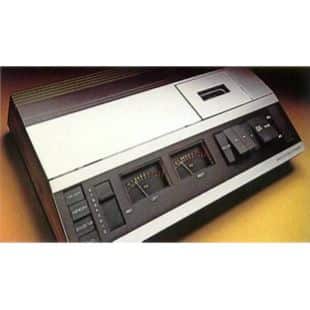
Beocord 1900 equalled Bang & Olufsen’s top-of-the-line cassette deck (Beocord 5000) in terms of specifications and performance, but it but it did not have the same wide range of facilities and operational refinements.
This does not mean that the Beocord 1900 was difficult to operate. On the contrary, the slanting front panel which contained all the operational facilities made the set’s controls handy and easily accessible. The cassette eject mechanism was air damped so that delivery was gentle and controlled. Two large VU meters enabled accurate setting of recording levels.
The microphones socket was placed discreetly under a sliding panel together with a balance control which enabled signal level adjustment in both channels. All the features which characterised high quality and high performance levels in cassette decks were incorporated. These included a combined recording/play-back Sendust tape head and Dolby B Noise Reduction circuits.
Beocord 1900 used precision techniques that ensured stable tape drive and the highest standards of recording and playback. Yet despite its comprehensive facilities it was easy to use and harmonised comfortably with many different Beosystems.
Beocord 1900 could be made up as part of the Beosystem 1900 or Beosystem2400, when linked together with other compatible Bang & Olufsen products.

